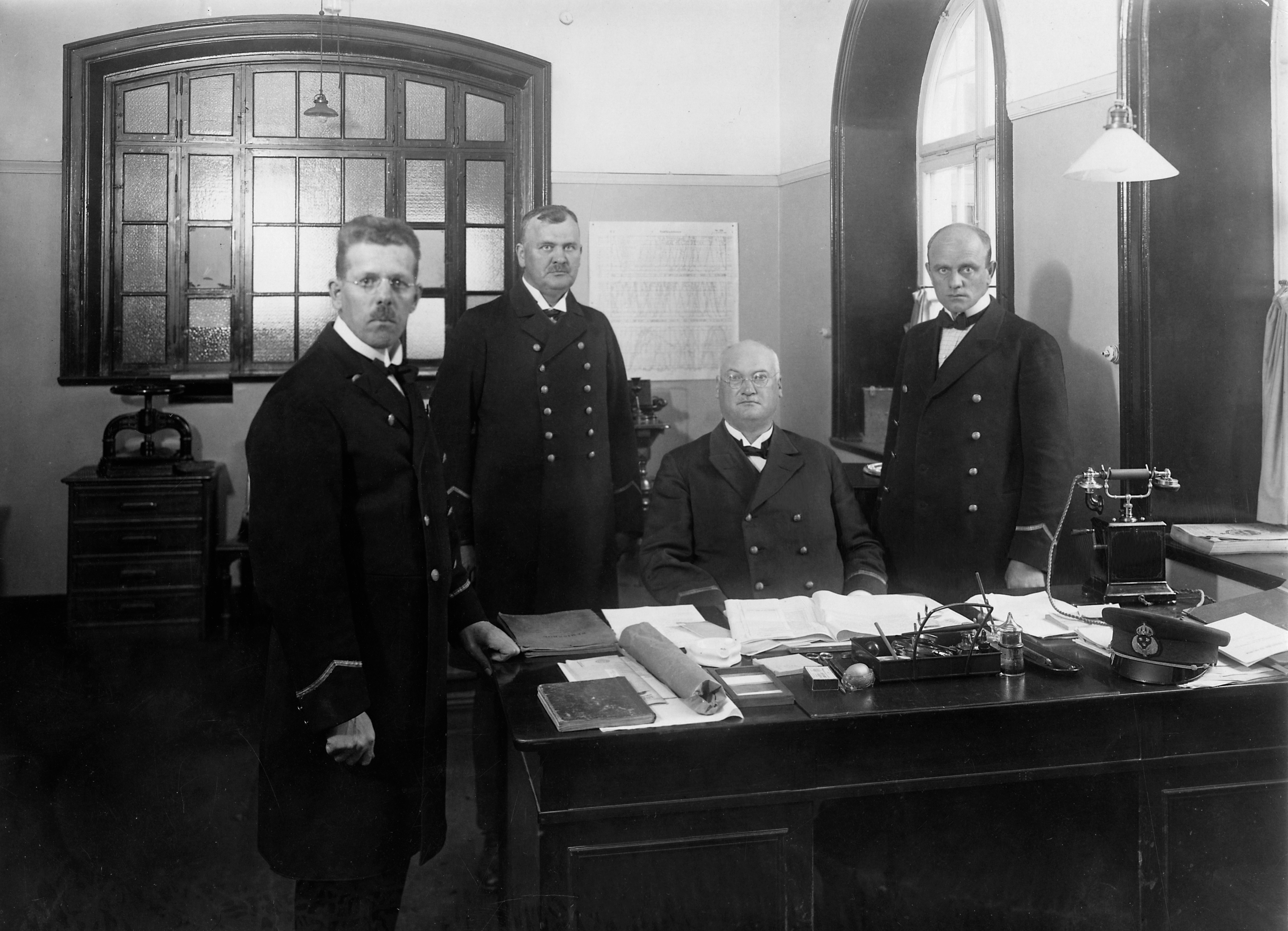Station clerk
The station clerk served at the railway station and, in the hierarchy, was under the highest officer of the railway station, the station master or assistant station master.
Their duties consisted of various administrative clerical tasks. In their training, after completing the theoretical part of the course, the prospective station clerk had to have knowledge of, among other things:
- English
- German
- telegraphy
- shorthand
- bookkeeping and accounting
- postal services
- railway geography
- regulatory provisions
Then came the practical part of the training, which took place in a railway station. This was done over a period of 12 months (according to the course from 1916–1918), broken down as follows:
- ticketing and baggage service 1½ months
- freight service 2½ months
- warehouse and quay service 1 month
- train service ½ month
- shunting and switching service 3 months
- carriage service ½ month
- station master’s office 2 months
- traffic inspector’s or traffic director’s office 1 month
In 1960, Kaisa Gunnarsson started a two-year station clerk course. Upon completing her training, she became SJ’s and Sweden’s first female station clerk.

Group picture from the Station Inspector Expedition in Liljeholmen in 1928.